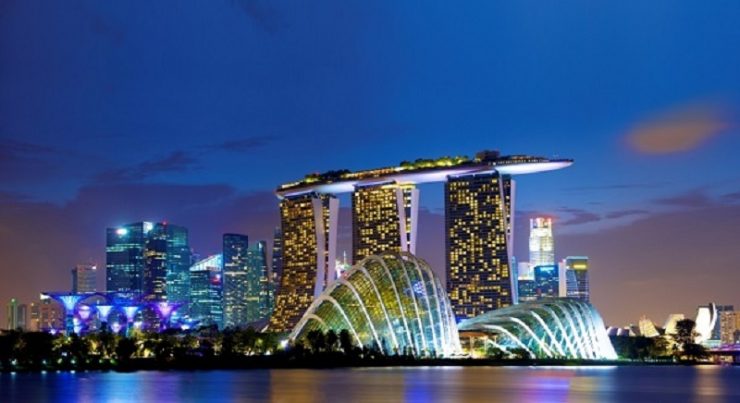A NUMBER of countries have decided it is time to open up and choose to live side by side with COVID-19, after more than 18 months of being confined to the COVID-19 pandemic. The COVID-19 pandemic has had a negative impact on all walks of life, from health, education to the economy. It is not surprising that some countries have finally decided to re-open their countries.
Here are five countries, two of which are in Southeast Asia, that have decided to open up and adopt the ‘living with COVID’ model, along with the new strategies they are implementing.
1.Singapore
The country, also dubbed the Land of the Lions, is trying to live with COVID-19, but the Delta variant doesn’t seem to be able to help the country. In June, the Singapore government announced their plans to try to control the outbreak with a vaccine and monitoring hospitalizations rather than limiting the lives of its citizens.
Authorities began loosening some restrictions in August, allowing fully vaccinated people to eat in restaurants and gather in groups of five, from the previous two. But the spike in cases caused by the Delta variant forced the Singapore government to halt the reopening of the country.
Last week, local authorities warned that they might re-impose COVID-19 restrictions if the new outbreak gets out of control. Despite the measures, authorities say, so far, the number of people who have fallen seriously ill has remained low thanks to vaccinations. Singapore has one of the highest Covid-19 vaccination rates in the world, with 81 per cent of the population fully vaccinated.
2. Thailand
Thailand’s vaccine uptake has been slow, but the country is still reopening Bangkok and other popular destinations to foreign travelers next month.
Under the program created by the local government, travelers who are fully vaccinated and committed to the conditions will be allowed to enter the capital cities of Hua Hin, Pattaya and Chiang Mai.
On July 15, the country launched a similar program, which they implemented in Phuket, on the islands of Koh Samui, Koh Pha Ngan and Koh Tao, dubbed ‘Samui Plus’. Meanwhile, the population who had been fully vaccinated against COVID-19 as of September 13 was still under 18%, still lagging behind some other neighboring countries, according to Our World in Data.
3. Danish
On September 10, the Danish government lifted all remaining coronavirus restrictions in the country, saying COVID-19 was no longer “a disease that poses a critical threat to society”.
Now, Danes can enter nightclubs and restaurants without showing their ‘Covid passport’, use public transport without wearing a face covering and meet in large numbers without restrictions. The key to Denmark’s success lies in part in launching its vaccinations: as of September 13, more than 74% of the Danish population had been fully vaccinated against COVID-19, according to Our World in Data.
“The vaccine and all the great efforts of the Danish people over a long period of time is the basis for us to do well,” Health Minister Magnus Heunicke tweeted Wednesday (15/9).
“Although we are in a good place now, we are not out of the epidemic. And the government will not hesitate to act quickly if the pandemic again threatens an important function in our society,” he said.
4. South Africa
the declining infection rate made South Africa decide to start easing some restrictions. In addition, the national curfew has been shortened to 11 p.m. to 4 a.m., the number of permitted gatherings has increased to 250 people indoors and 500 outdoors, and restrictions on the sale of alcohol have been further eased.
However, President Cyril Ramaphosa warned on Sunday that the devastating third wave of infections driven by the more contagious Delta variant was not over, but added that the country now had enough vaccine doses to cover the entire adult population, with more than a quarter of adults receiving at least one dose.
He encouraged everyone to be vaccinated and adhere to the remaining restrictions to allow the country to return to normal.
5. Chile
Chile is one of the countries praised for its smooth and successful vaccination campaign. According to the latest health ministry report, nearly 87% of eligible Chileans have been fully vaccinated. The country has already started distributing booster injections to those who are fully vaccinated.
Health authorities on Thursday (9/9) approved the use of China’s Sinovac vaccine for children aged six years and over; inoculation begins on Monday. Despite the threat posed by the Delta variant, the government on Wednesday (14/9) announced steps to reopen the country to international tourism from October 1, just in time for the southern hemisphere summer.
Foreign travelers can already enter the country on condition that they meet certain requirements and are isolated for five days upon arrival. [bisnis.com/photo special]
















